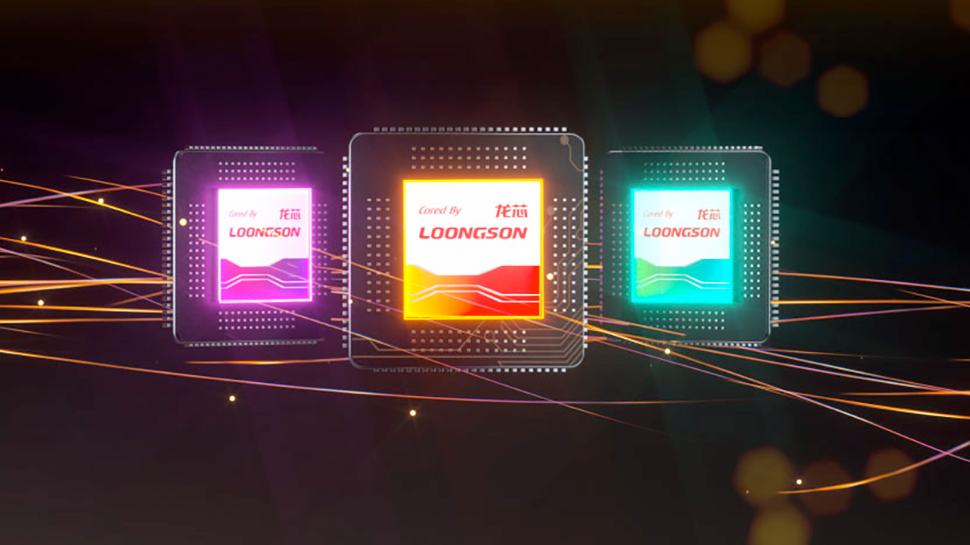China's top AI accelerator and CPU makers are bleeding tens of millions -- Longsoon and Cambricon losses continue despite billions in government subsidies

China's market for client and datacenter computers is vast and growing, but Chinese fabless chip designers that build processors for these applications are struggling and bleeding money, reports the South China Morning Post. Cambricon Technologies, a developer of artificial intelligence (AI) accelerators, and Loongson Technology, a CPU designer, are expected to lose tens of millions of dollars in 2023.
Loongson, one of the leading CPU developers in China, faces a drastic downturn with anticipated full-year revenue of ¥508 million ($71.524 million), a 31% year-over-year decrease, and an expected loss of ¥310 million ($43.36 million). This contrasts sharply with a profit of ¥51.8 million yuan in 2022. This decline is attributed to a sluggish market for industrial chips and significant expenditures on research and development.
Cambricon Technologies, an AI chip specialist, has been in red for years and is also bracing for a tough year. It is projecting a full-year loss of up to ¥924 million ($129.3 million). Although this figure represents a 40% improvement over its losses in 2022, thanks to aggressive cost-cutting strategies, its losses still exceed its revenue. Cambricon's sales for 2023 are anticipated to be slightly down from ¥722 million ($101.05 million) in 2022. Cambricon did not elaborate on the reasons for its weak performance, though there are two obvious ones. Huawei, once its largest client, no longer buys its AI processors, and Nvidia was particularly strong in China last year with its AI GPUs.
One of the biggest problems for Cambricon and Loongson is that they can address only a fraction of the market due to their narrow product lineups. Meanwhile, government procurements fail to provide the necessary scale to sustain these businesses amid international sanctions and market pressures.
"It is not just them [Loongson and Cambricon], everyone struggled a bit last year," said Stewart Randall, head of electronics and embedded software at consultancy Intralink, in a conversation with the SCMP. "A lot of companies like Loongson and Cambricon, they do not really sell into the mass market, and that is where semiconductor companies make real money."
Loongson and Cambricon are also hampered by their inclusion on the US Commerce Department's Entity List, which severely limits their ability to procure advanced American-origin technologies and address certain customers. The U.S.'s tightening of sanctions against China's semiconductor and supercomputer sectors has significantly affected these industries. These measures have disrupted the supply chain and stifled the progress of the People's Republic semiconductor development.
Get Tom's Hardware's best news and in-depth reviews, straight to your inbox.

Anton Shilov is a contributing writer at Tom’s Hardware. Over the past couple of decades, he has covered everything from CPUs and GPUs to supercomputers and from modern process technologies and latest fab tools to high-tech industry trends.
-
parkerthon So tens of millions loss is small by any measure for an R&D phase focused company. How much were subsidies? Is china giving away its homebrew tech and nobody wants it still?Reply -
brandonjclark Reply
I think this may underscore just how small China's homegrown CPU market really is.parkerthon said:So tens of millions loss is small by any measure for an R&D phase focused company. How much were subsidies? Is china giving away its homebrew tech and nobody wants it still?
75m projected annual revenue?
Really?!?!??!